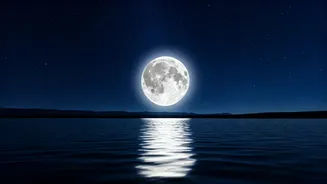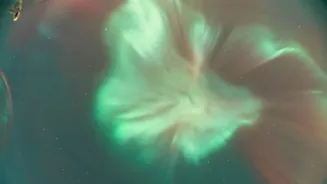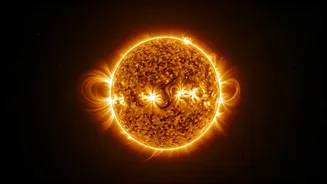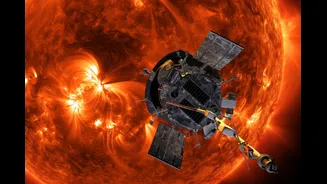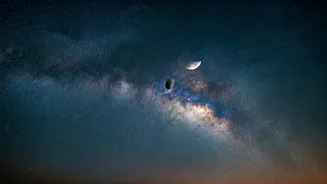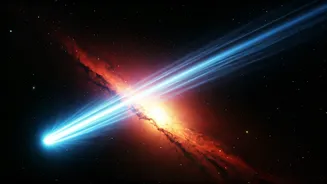Tonight's Aurora Show
The Northern Lights, also known as the aurora borealis, are a stunning natural phenomenon that is visible tonight in 21 states, offering a rare opportunity
for many to witness this celestial ballet. This extraordinary display is caused by electrically charged particles from the sun colliding with the Earth's atmosphere, leading to vibrant light displays in the sky. To be prepared and to fully enjoy the show, it is recommended to stay updated on the latest aurora forecasts and find a location away from light pollution. Remember to dress warmly and bring a comfortable chair so you can fully enjoy the spectacle that the aurora has to offer. Make the most of this opportunity to witness this breathtaking spectacle. This cosmic dance of light is a sight to behold and a perfect way to celebrate the wonders of the universe.
Prime Viewing Times
To maximize your chances of seeing the Northern Lights, it is very important to watch during the peak viewing hours. Generally, the best time to look up is during the darkest hours of the night, typically between 10:00 PM and 2:00 AM local time. These hours are often optimal because the sky is the darkest, providing the best contrast for viewing the aurora. The key factor is to avoid any light pollution, so find an area away from city lights. The intensity of the aurora can fluctuate, so stay patient and be prepared to wait. Keep an eye on aurora forecasts, as they can help predict the likelihood of seeing the lights. With a little planning and patience, you're sure to witness an incredible experience.
Smartphone Aurora Shots
Even if you don't have fancy equipment, you can still capture the aurora with your smartphone! Most modern smartphones have settings that help you capture the Northern Lights. The most important setting is the “night mode,” which allows your camera to gather more light. You may also need to adjust your ISO settings to a higher level. Try to place your phone on a stable surface, like a tripod or a flat surface, to avoid blurry images due to movement. Experiment with different settings and angles to discover what works best for your phone and the conditions. Don't worry if your first few shots aren't perfect; each try will give you a better understanding of how to capture the aurora borealis with your phone. With a little patience, you'll be able to capture some stunning photos to remember the night.
Pro Photography Tips
For those seeking professional-quality photos, there are a few tips to enhance your aurora photography experience. First and foremost, use a camera with manual controls; this allows for greater flexibility. Start with a wide aperture lens (e.g., f/2.8 or wider) to capture as much light as possible. Set your ISO to a range between 800 and 3200, depending on the aurora's brightness. Choose a long exposure time (from 10 to 30 seconds). A tripod is essential for stability. Consider using a remote shutter release to prevent camera shake. Experiment with the white balance for the desired color temperature. Lastly, frame your shots creatively, including foreground elements for depth. With these tips, you can take breathtaking photos of the Northern Lights.
Understanding the Cause
The Northern Lights result from the interaction between charged particles from the sun and Earth’s atmosphere. The sun constantly emits solar wind, which contains these charged particles. When this solar wind interacts with Earth's magnetic field, it's funneled towards the poles. These particles then collide with gases in the Earth's atmosphere, causing them to glow. The colors of the aurora depend on the type of gas involved and the altitude of the collisions. For example, oxygen produces green and red lights, while nitrogen creates blue and purple hues. The intensity of the aurora is influenced by solar activity, such as solar flares and coronal mass ejections (CMEs). Understanding the cause of the Northern Lights helps you appreciate this spectacular natural phenomenon.
Safety and Comfort
When hunting for the Northern Lights, prioritize safety and comfort. Choose viewing locations that are safe and accessible. Wear warm clothing to combat the cold temperatures, including layers, a hat, gloves, and warm boots. Bring along essentials, like water, snacks, and a fully charged phone. Always let someone know your plans and expected return time. Be aware of your surroundings, and avoid isolated areas, especially at night. If you’re driving, make sure your vehicle is prepared for winter conditions, including having proper tires. Following these tips ensures you have a safe and pleasant experience while admiring the Aurora.


